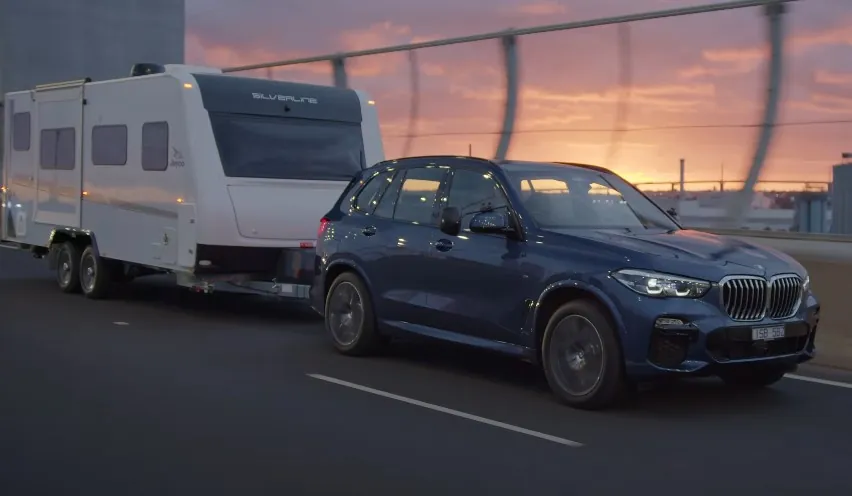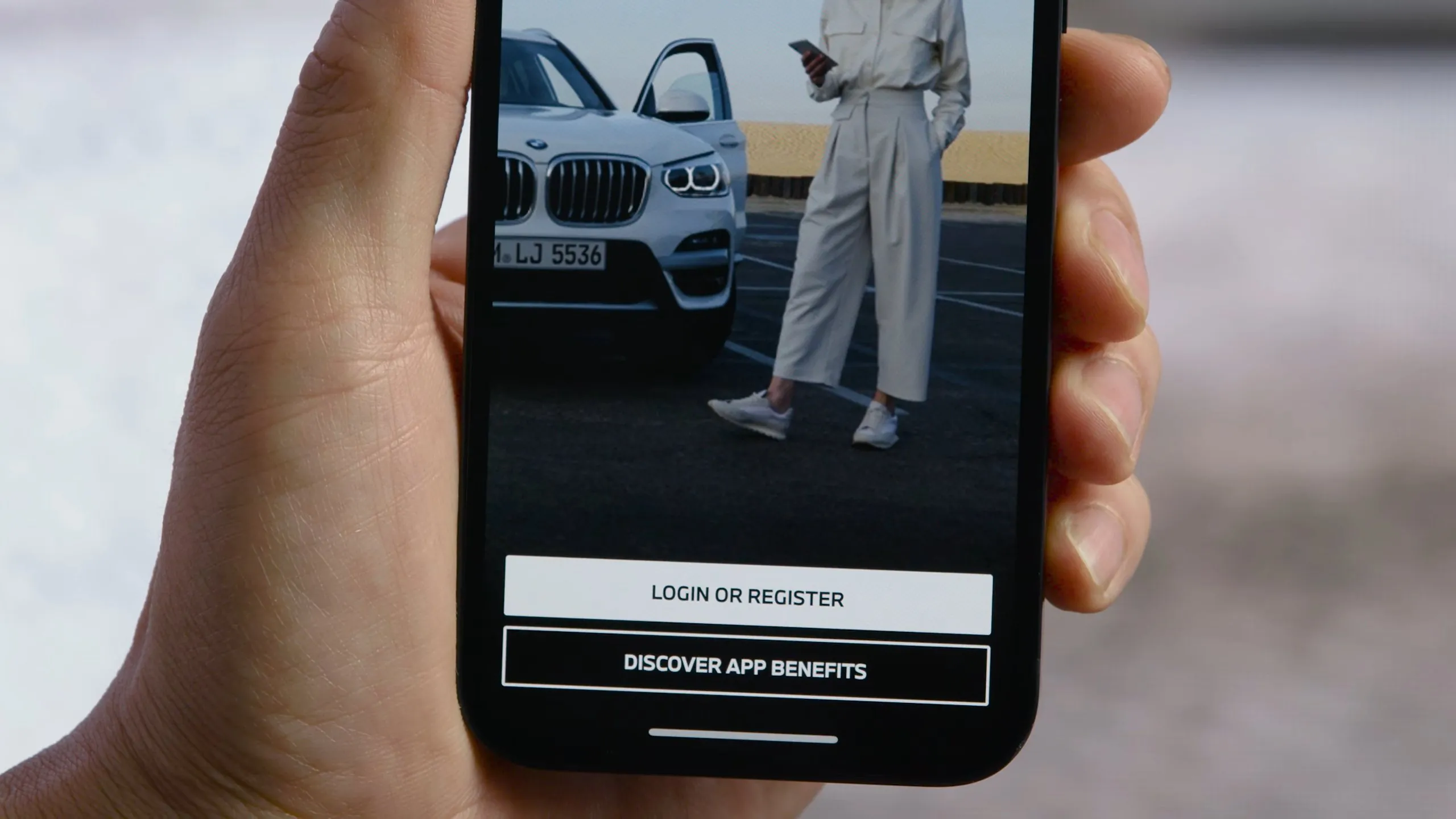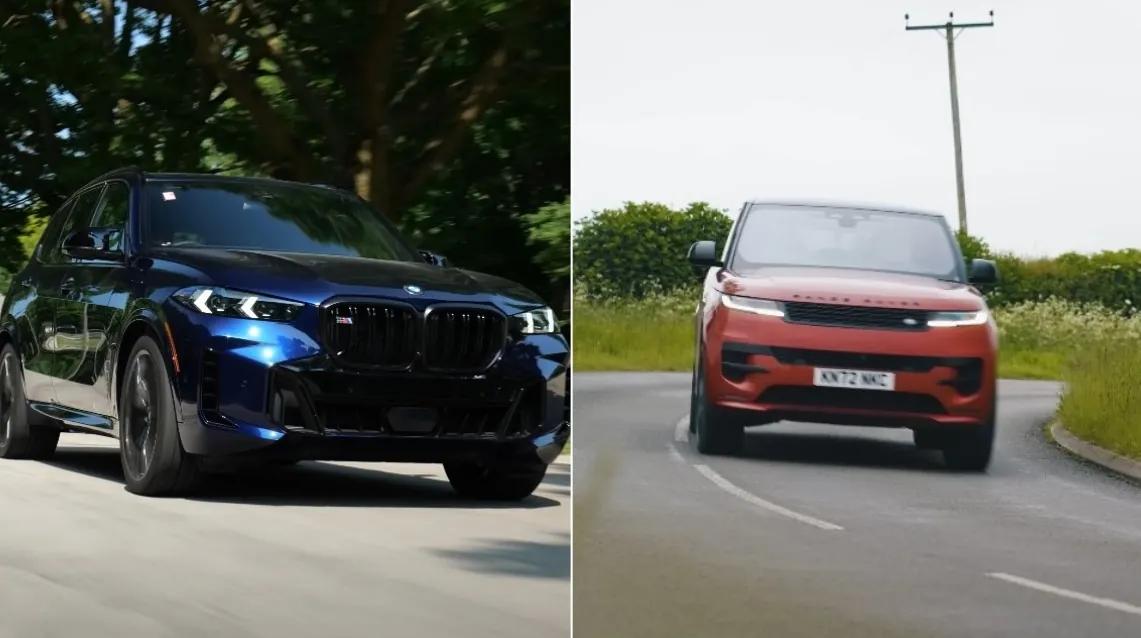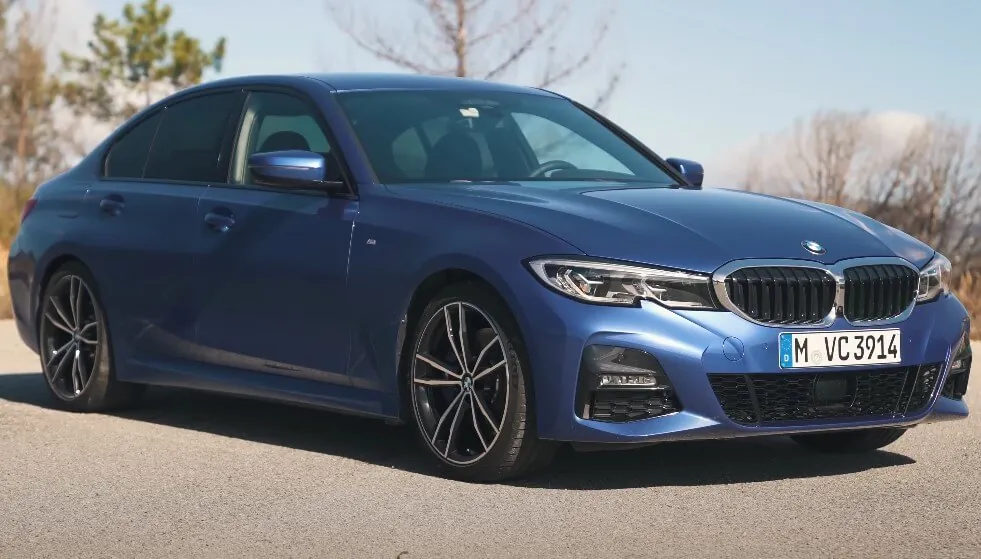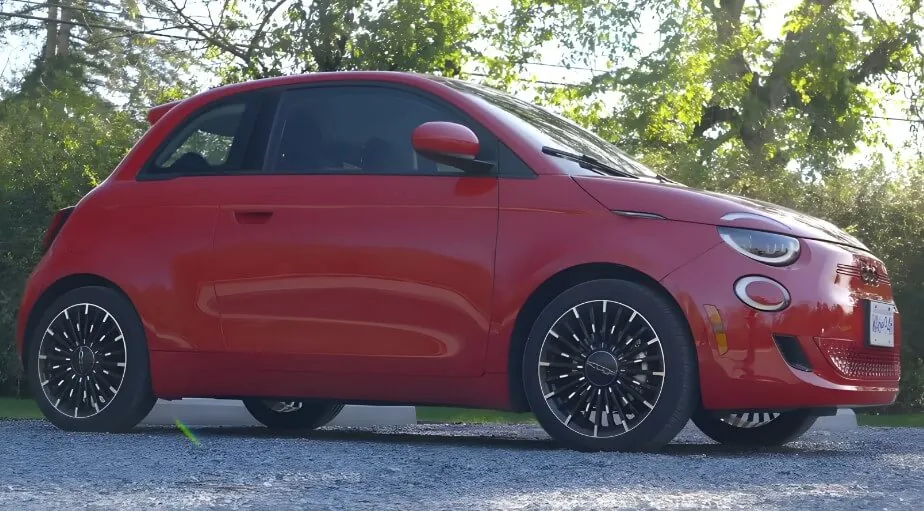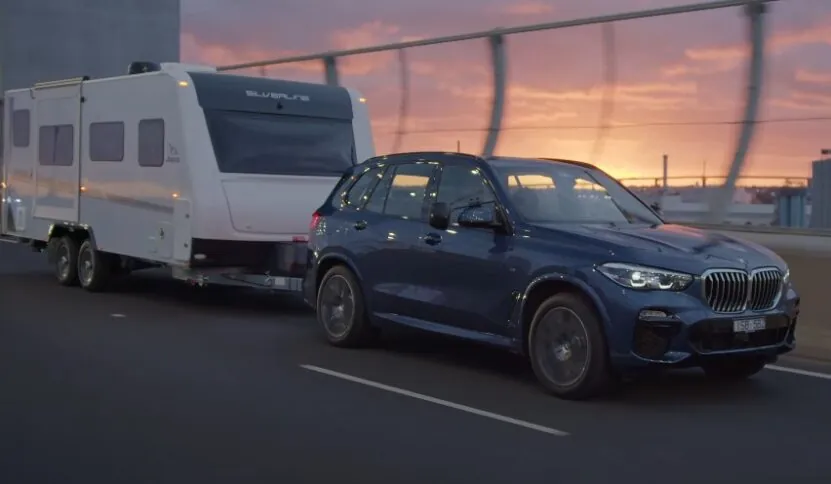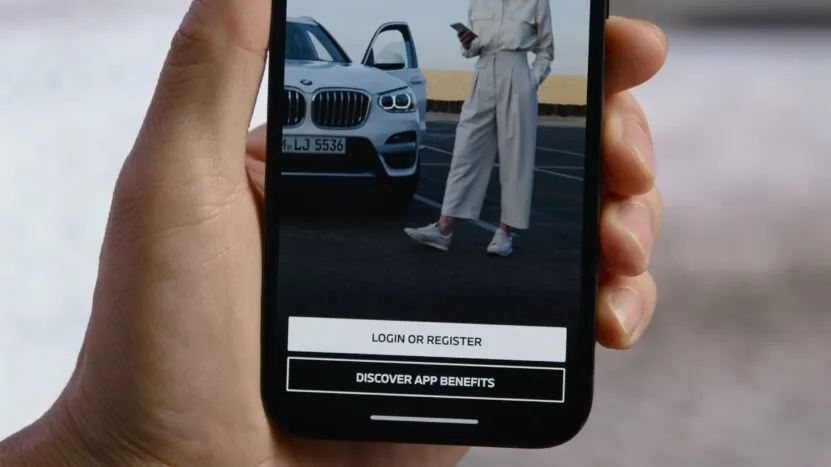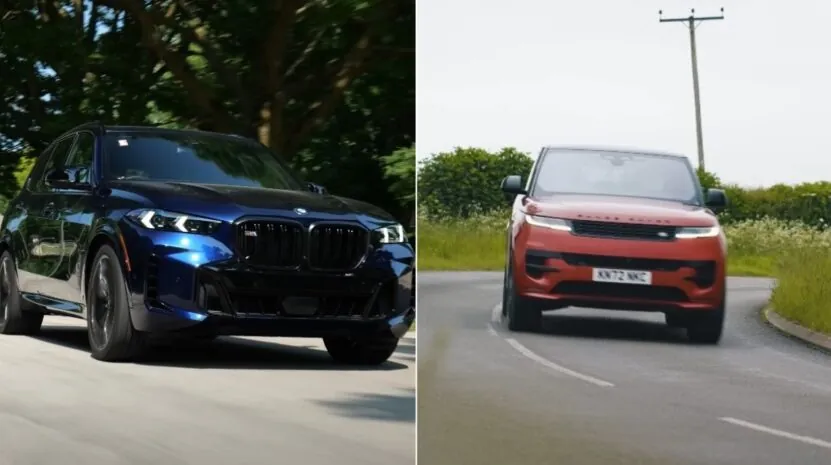
Share Post:
BMW X5 and Range Rover Sport enjoy strong reputations in the UK for their mix of prestige, performance, and family practicality. Both models have seen impressive success thanks to their blend of luxury and versatility.
The goal here is to evaluate how each SUV handles UK roads in terms of driving dynamics, comfort, practicality, and everyday suitability.
Each model now offers plug-in hybrid options, which add a new layer of practicality for eco-conscious drivers.
Table of Contents
ToggleDriving Dynamics on UK Roads
Driving behavior across urban streets, motorways, and rural B-roads can reveal how an SUV truly performs in real-world British conditions.
Surface quality varies widely, space is often limited, and driver expectations are high when investing in a premium model.
BMW X5 and Range Rover Sport offer distinct takes on mobility and performance, shaped by engineering philosophies that prioritize different aspects of driving.
Urban Handling and Ride Quality
BMW X5 delivers surprisingly nimble behavior for a large SUV. Steering is light yet precise, and the vehicle feels smaller than its dimensions suggest.
Multi-storey car parks, tight roundabouts, and narrow city lanes become less of a chore.
Body roll remains minimal even in sudden lane changes or sharp turns, enhancing driver control and comfort in dense traffic.
Range Rover Sport leans into serenity and ride softness. Four-wheel steering (when fitted) allows for greater agility in restricted spaces, compensating for its larger footprint.
Braking is progressive, and suspension dampens speed bumps and potholes effortlessly, essential qualities during daily urban commuting.
Urban Driving Summary:
- BMW X5: Light steering, agile cornering, better maneuverability in confined zones
- Range Rover Sport: Superior ride comfort, smoother over speed humps, helpful four-wheel steering option
Motorway Stability and Long-Distance Cruising
Range Rover Sport delivers a refined motorway experience with minimal cabin intrusion from road noise or tire hum.
Long-distance drivers will appreciate the plush ride, consistent lane-tracking behavior, and comfort-tuned suspension that excels over prolonged use. Engine calibration favors smoothness over responsiveness at motorway speeds.
BMW X5 remains stable and planted, though its suspension tuning allows for slightly more vertical motion, especially over coarse tarmac or uneven expansion joints.
In sport mode, road imperfections translate more directly through the chassis, which can be unsettling during sustained high-speed cruising.
Motorway Driving Summary:
- Range Rover Sport: Quiet cabin, plush damping, composed cruising
- BMW X5: Firm ride in dynamic modes, more feedback over road imperfections
B-Road Confidence and Country Lane Driving
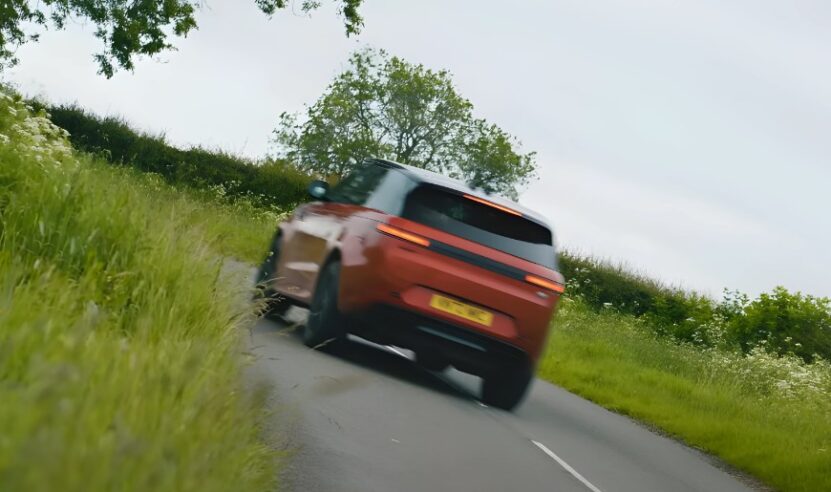
BMW X5 excels when navigating winding B-roads and uneven country lanes. Steering communicates grip levels well, and throttle response remains sharp.
Body control is exceptional, with minimal lean through corners, encouraging spirited driving. Despite its SUV proportions, it feels composed and responsive when pushed.
Range Rover Sport prioritizes passenger comfort. While still capable on narrow backroads, it leans more during directional changes and transmits less road feel through the steering wheel.
Still, it absorbs surface irregularities effectively and maintains traction in wet or muddy conditions, often found in rural regions.
B-Road Driving Summary:
- BMW X5: Engaging steering, excellent chassis control, suitable for spirited driving
- Range Rover Sport: Comfort-focused, less feedback, retains good grip in varying weather
Performance and Powertrains
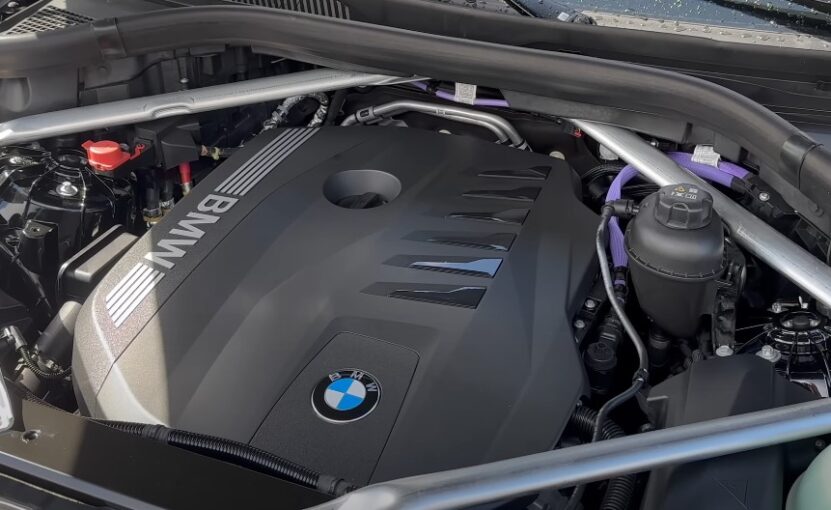
Power delivery, drivetrain responsiveness, and electric capability define the character of both the BMW X5 and Range Rover Sport in their plug-in hybrid variants.
While each brings impressive specs to the table, their real-world behavior tells a more nuanced story.
Drivers focused on performance will want to note acceleration, weight, and electric features.
Key performance specs and features:
BMW X5 xDrive45e
- 389 bhp output from a combined petrol-electric system
- 0–60mph in just 4.9 seconds
- Feels agile due to a lower curb weight (~2.5 tonnes)
- Excellent throttle response, giving a sporty edge in spirited driving
- Smoother transitions between electric and petrol modes
Range Rover Sport P440e
- 434 bhp system output
- 0–60mph in 5.9 seconds
- Significantly heavier at nearly 2.8 tonnes
- More power on paper, but weight dampens the urgency
- Prioritizes smoothness over outright performance
Despite producing more horsepower,the Range Rover Sport feels more relaxed on acceleration. BMW X5, by contrast, puts its lower weight to good use, feeling sharper and more willing to surge forward under load.
Charging infrastructure and daily driving habits will influence how much value each driver extracts from the plug-in system.
Range Rover Sport offers more flexibility due to faster charging support, making it easier to top up during errands or lunch stops.
BMW X5 suits predictable charging schedules, offering consistency for home-based charging routines.
Interior Comfort and Build Quality
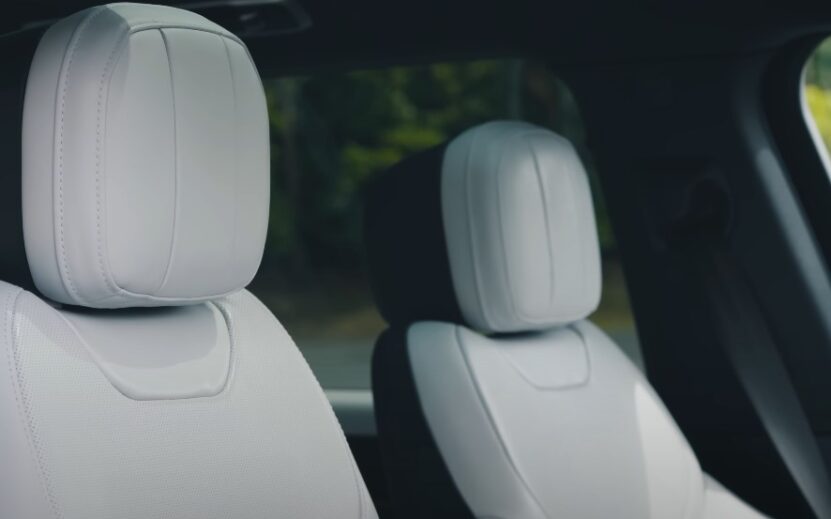
Interior design and build quality often reveal a vehicle’s true character. BMW X5 and Range Rover Sport take different approaches to comfort, materials, and layout.
One leans into robust sophistication, while the other presents a lounge-like sanctuary on wheels.
Key factors include seating position, visibility, material finish, and rear passenger practicality.
Driving Position and Visibility
Range Rover Sport puts the driver in a high and commanding position. Confidence on narrow roads or in traffic is enhanced by thinner A-pillars and a wide windshield that offers an open view.
Ergonomics are clean, and most controls fall naturally into hand, reinforcing the luxury SUV’s ease of use in daily driving.
BMW X5 also provides an elevated driving perspective, but thicker front pillars and a slightly more angular dashboard can make it feel more enclosed in tighter spots.
That said, materials feel tightly assembled and carry a sense of durability suited to frequent driving.
Key comparisons:
- Range Rover Sport
- Elevated seat height for excellent road visibility
- Slimmer pillars for easier maneuvering
- Natural control layout with luxury-focused finishing
- BMW X5
- High seating position with slightly obstructed front views
- Thicker A-pillars that reduce visibility at junctions
- Ergonomics are functional but less fluid
Rear Seat Comfort and Practicality
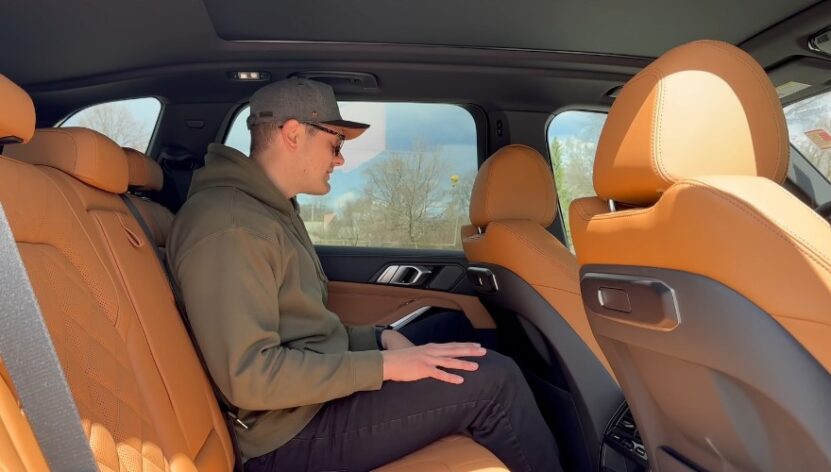
Range Rover Sport caters to rear passengers with plush support and optional recline features.
Ideal for longer drives, the second row offers enough legroom and headroom for most adults.
Rear-seat occupants experience a sense of refinement that aligns with the Sport’s luxury positioning.
BMW X5’s rear seats are upright, which works well for short- to medium-length drives.
Space is plentiful, but the fixed seatback angle doesn’t offer the same lounge-style relaxation. Rear access is simpler in the X5 due to its more traditional door design and wheel arch placement.
Rear seat highlights:
- Range Rover Sport
- Rear seats with adjustable recline for greater comfort
- Ample legroom and cushioning for extended travel
- Entry is slightly restricted by pronounced arches and a narrow door shape
- BMW X5
- Upright rear seats are better suited for an active posture
- Easy ingress and egress due to wider door design
- Slightly less relaxing for rear passengers on longer journeys
Storage and Garage Practicality
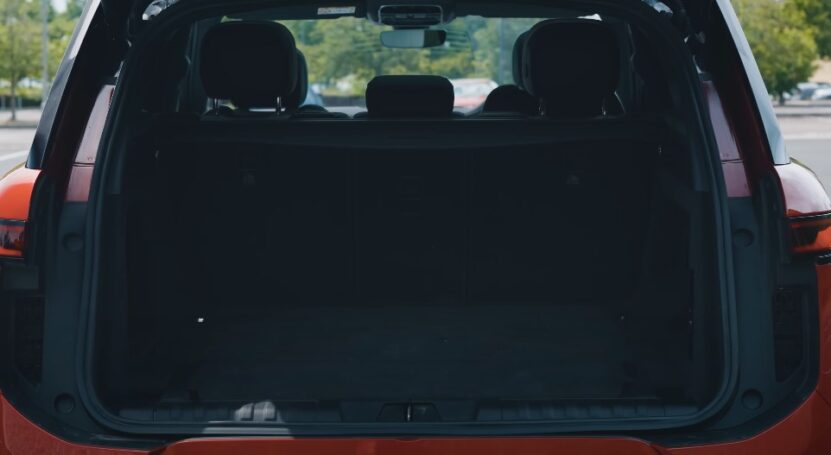
Practicality extends far past driving dynamics when owning a luxury SUV in the UK.
Limited parking space, narrow driveways, and compact garages make vehicle size and flexibility just as important as performance.
BMW X5 and Range Rover Sport both offer solutions tailored to these everyday needs, but they approach them in different ways.
Boot and Cargo Flexibility
Packing for a weekend getaway, sports practice, or DIY supply run requires an SUV that makes loading easy and efficient. Both vehicles offer generous cargo capacities and functional layouts, but BMW and Land Rover use different methods to meet practical needs.
BMW X5:
- Cargo volume: 650–1870 liters with rear seats folded flat.
- Split tailgate: Top portion opens upwards while the lower section folds down, creating a sturdy surface that doubles as a bench — useful at events or countryside stops.
- Straightforward seat folding mechanism for maximizing usable space quickly.
- Wide boot opening with minimal intrusion, allowing large items to be loaded easily.
Range Rover Sport:
- Cargo volume: 647–1491 liters with a slightly narrower range due to seat and trim design.
- Single-piece powered tailgate offers hands-free access, although it lacks the bench-style flexibility of the X5’s setup.
- Adjustable air suspension lowers the rear of the SUV at the touch of a button, easing the loading process, particularly valuable when lifting heavy or awkward items.
Flat load bay with well-shaped dimensions for optimal cargo arrangement.
Home Garage Suitability
Space limitations in UK households make garage compatibility a major consideration.
Length, turning radius, and ride height all play a role in determining how manageable an SUV is in confined areas.
BMW X5:
- Shorter length and tighter turning radius provide an advantage when backing into a garage or maneuvering in close quarters.
- Lower roofline contributes to better clearance in standard garages.
- More accessible door design improves ingress and egress when parked closely to walls or other vehicles.
Range Rover Sport:
- Larger overall footprint makes it feel more imposing in narrow garages or tight residential lanes.
- Air suspension lowers ride height automatically or on demand, enhancing clearance under low garage roofs.
- Deployable side steps improve step-in height, particularly helpful for shorter drivers, though these add cost and have limited utility when accessing the rear seats or cargo area.
Both models exceed five meters in length, meaning many standard UK garages may not accommodate them easily.
When it comes down to choosing the right vehicle storage/protection, decisions should focus on selecting a storage facility that offers appropriate unit dimensions, vertical clearance, and sufficient access space to safely store and retrieve the vehicle. Clients should also verify the facility’s security features and environmental controls to ensure optimal protection for their vehicle during storage.
Infotainment and Tech
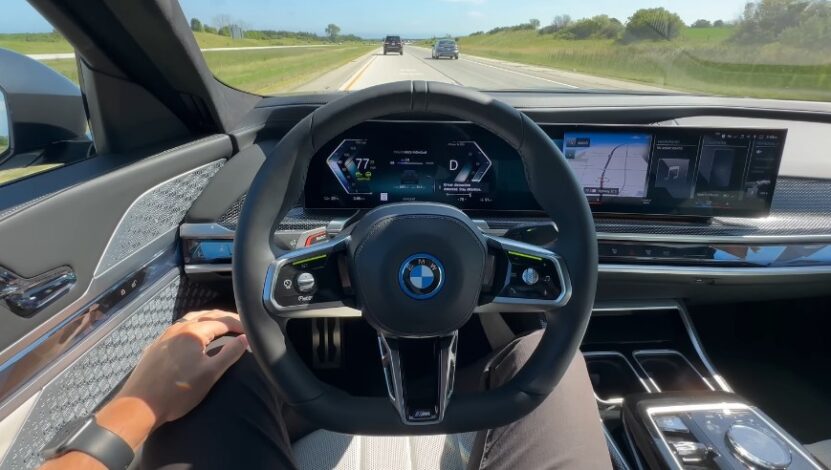
Drivers today demand more than just a good drive; they expect advanced technology that complements daily life.
Infotainment systems are no longer secondary features; they now influence purchase decisions and overall satisfaction.
Both BMW X5 and Range Rover Sport aim to deliver in this department, blending luxury with digital connectivity.
BMW iDrive System
BMW’s iDrive system has matured into one of the most user-friendly interfaces on the market.
Combining tactile controls with an intuitive menu layout, it minimizes distractions and maximizes driver confidence.
A central rotary dial remains at the heart of its operation, allowing navigation through menus without needing to reach for the screen.
Key highlights of BMW iDrive:
- Rotary controller ensures eyes stay focused on the road
- Sharp, high-resolution display with customizable layout
- Voice control for navigation, media, and climate settings
- Logical menu structure and minimal screen clutter
- Consistently fast and smooth software performance
Range Rover Sport Pivi Pro System
Range Rover Sport introduces a different approach with the Pivi Pro interface.
A visually refined touchscreen dominates the center console, replacing nearly all physical buttons.
While clean and modern in appearance, the full reliance on touch inputs may not appeal to those who prefer traditional dials and switches.
Notable features of Pivi Pro:
- Crisp graphics and fast response times
- Over-the-air updates to keep software fresh
- Integrated navigation with real-time traffic and EV charging locations
- Streamlined home screen for quicker access to key functions
- Fewer physical controls, resulting in a minimalist interior aesthetic
Shared Tech Features
Both vehicles meet expectations for modern connectivity and offer a solid suite of standard features to keep drivers and passengers connected on the go.
Shared infotainment benefits include:
- Android Auto and Apple CarPlay (wireless in both models)
- Wireless smartphone charging pad
- Multiple USB-C and traditional USB ports
- Digital instrument cluster with configurable layouts
- Premium audio systems with immersive sound quality
The Verdict: Which SUV Handles UK Roads Better?
@drivenplus Which would you pick? Range Rover or the BMW X5? 🤔 #bmw #bmwx5 #x5 #fyp ♬ original sound – Driven+
BMW X5 emerges as the better option for drivers prioritizing precision, agility, and a more direct road feel.
City driving and country-lane blasts are handled with poise and enthusiasm.
Range Rover Sport wins in comfort, refinement, and long-distance stability. Drivers seeking a more relaxed experience will appreciate its plush ride and upscale cabin.
Final choice often depends on personal priorities. Drivers with tighter home parking situations may lean toward the X5, while those valuing comfort above all else may gravitate toward the Range Rover Sport.
Related Posts:



